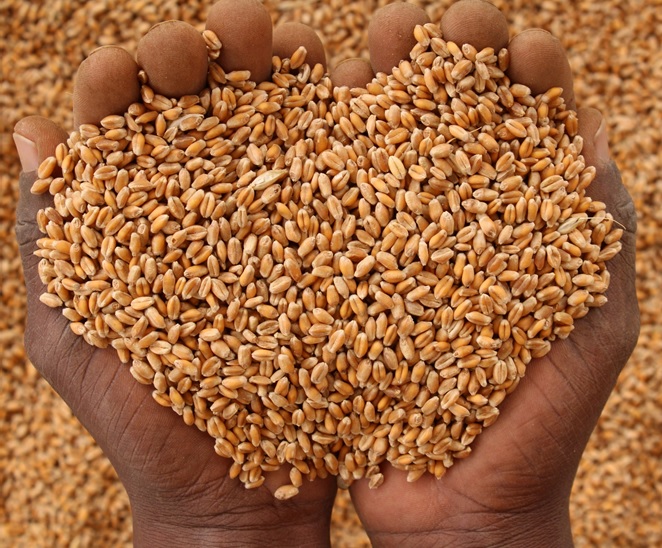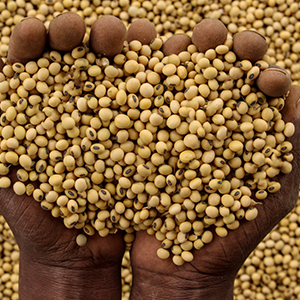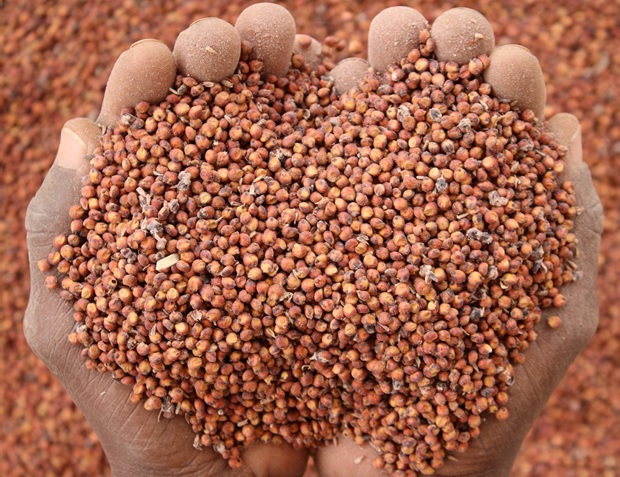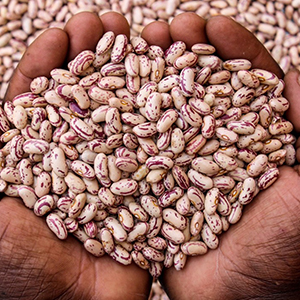By Wendy Madzura (Head of Agronomy Seed Co Zimbabwe ltd)
Agriculture in Zimbabwe contributes 15 – 18 % of the GDP, with over 70 % of the households dependent on it for their livelihoods (Mhlanga, 2018). It is therefore prudent that farmers be educated on the concept of increasing productivity at farm or household level. This can be achieved through embracing the ”climate proofed” productivity enhancement initiatives that are part of the Agriculture recovery plan spear-headed by the Ministry of Lands, Agriculture and Rural Resettlement in Zimbabwe. Conservation agriculture in its broad sense falls under this plan and will help mitigate against the effects of climate change. Conservation agriculture techniques for commercial/resource endowed farmers involves the use of specialised implements which include no-till planters while the resource constrained communal/small scale farmers are implored on to embrace the “PFUMVUDZA/INTWASA” concept. This will have a net positive effect on increasing productivity at the grassroots and national level. Once Zimbabwe attains food security at national level, we will be able to export the surplus and obtain the much needed foreign currency to revive our industries and grow our economy thereby creating a positive ripple effect resulting in food self-sufficiency, improved nutrition and PROFITABILITY
Agriculture in Zimbabwe is hinged upon three main pillars, Access to Genetics, Access to Finance, and access to extension and agronomy services to unlock the genetic potential of crops. In effective crop production, there are a thousand reasons for low yields but only two reasons for high yields these are:Selecting the best germplasm or seed for a given crop and Employing Good Agronomic practices (GAP’s)
The selection of the Best germ-plasm is guided by the knowledge of a wide range of factors as well as the desired crop and variety traits and crop management (Good Agronomic Practices) that will unlock the genetic potential of the established crop (maximum attainable yield). Increasing crop productivity is best achieved by understanding the following five factors:
- Seed factor (RIGHT SEED)
- Yield potential
- Drought escape/ tolerance
- Disease tolerance
- Crop Standability
- Climatic factors (Abiotic/ non-living factors)
- Altitude and air temperature
- Rainfall amount and distribution (seasonal forecast)
- Crop management
- Planting dates and
- Irrigation scheduling
- Scouting and effective pest management
- Rotation plan
- Soil factors
- Soil fertility
- Soil pH
- Soil structure
- Biotic factors (living)
Selecting the right seed is hinged upon a farmer’s desired outcome and knowledge of the end use of the produce. Some farmers may want to produce for silage, green mealie or grain and variety choice should be guided as such. Farmers should select crops or varieties that contribute to household food security, nutrition and national food security by increasing the productivity level. Maize which is the staple crop, traditional grains, legumes and vegetables are amongst the crops that farmers can produce during the rainy season. However farmers should be conscious of the fact that disease and insect pressure tends to be high during the rainy season as a result farmers should prepare accordingly to avoid incurring economic yield losses.
Farmers are implored on to embrace the “climate smart”, modern innovative seed technologies which are aimed at mitigating against the effects of climate change. In maize production these include ultra-early maturing maize varieties like SC 301 (90-120 days to reach physiological maturity), Drought tolerant maize varieties like the very early maturing SC 419 and early maturing SC 529 and SC 555, medium maturing SC 649, 657, SC 659 and the late maturing SC 719 and SC 727.Climate smart varieties have drought escape and drought tolerance mechanisms coupled with defensive agronomic traits such as tolerance to lodging, a vigorous root system and good tip at maturity. In addition to this farmers are encouraged to be health conscious and adopt bio-fortified crops. These include the bio-fortified orange maize, ZS 242 with vitamin A. The choice of crop or variety to grow should always be guided by market analysis and seasonal suitability. Crop and variety choice is the cornerstone to profitable farming hence farmers should always seek advice from agronomists informed choices.
In picture are a wide range of crops that can be grown during the rainy season (Field & Horticulture crops)
Climatic factors such as humidity, cloud cover, wind, altitude, air temperature and the rainfall pattern are important elements in farming because they act as the enablers for the crop to grow. The altitude (height above sea level) is a measure used to describe the angle of inclination of an area and this has a bearing on the rate of growth of crops. Crops established in areas of high altitude tend to take a longer time to reach physiological maturity due to the cool weather conditions associated with the low heat units (Growing Degree Days) while crops established in areas of low altitude tend to grow much faster because of the higher heat units experienced. The duration of growth therefore affects a farmer’s cropping plans and level of productivity as it affects the days to maturity.
The rainfall amount and distribution is an important yield determinant especially under rain fed agriculture. Farmers should always align their cropping plans with the nature of the season to enable informed crop and variety choices to be made. The rainfall distribution is also understood based on the agro-ecological regions. Knowledge of the agro-ecological regions from region 1 which is characterised by high rainfall (>1000mm) to region 5 which receives low rainfall (<650mm) enables farmers to understand the average rainfall received in a given season and relate it to the seasonal forecast that is issued by the Metrological services department. With this information, farmers who practice rainfed Agriculture can make informed decisions on variety selection.
During planting farmers are encouraged to use the recommended seed rates and spacing to achieve the optimum plant population for a given crop and variety. This is because yield is a function of two things, yield per plant and yield per unit area. For maize farmers can use 25kg’s of seed to plant 1hectare (2.5acres) or seed packs that come with specified number of kernels (20 000 kernels or 50 000 kernels). The recommended inter-row spacing for maize is 75cm to 90cm while the in-row spacing is 18 to 25cm. Farmers should aim to achieve a plant population of 50 000 to 60 000 plants per hectare in high potential areas or under irrigation while low rainfall potential areas are recommended to achieve a plant population of 36000 to 44000 plants per hectare. If germination is poor gap filling or re planting should be done in the 1st two weeks after crop emergence.
 Zimbabwe
Zimbabwe Seed Co Group
Seed Co Group Botswana
Botswana Kenya
Kenya Malawi
Malawi Nigeria
Nigeria Tanzania
Tanzania South Africa
South Africa West & Central Africa
West & Central Africa Zambia
Zambia




